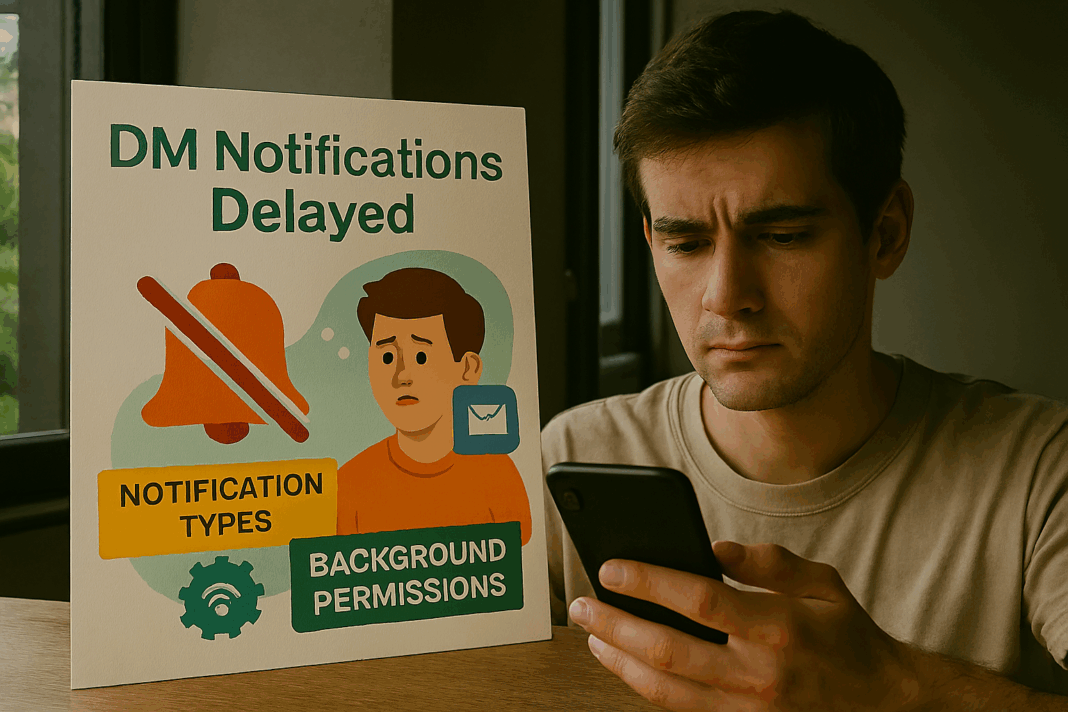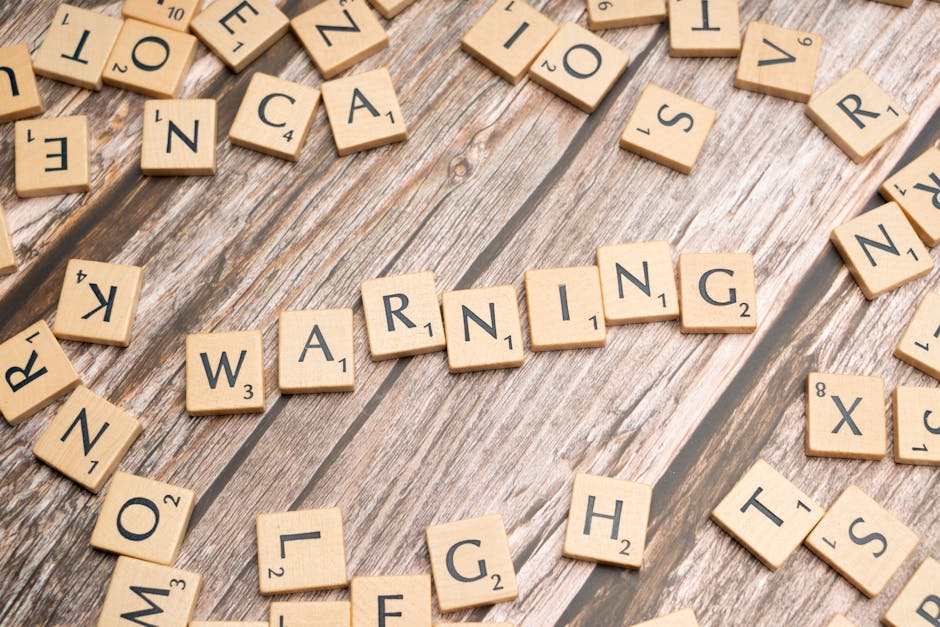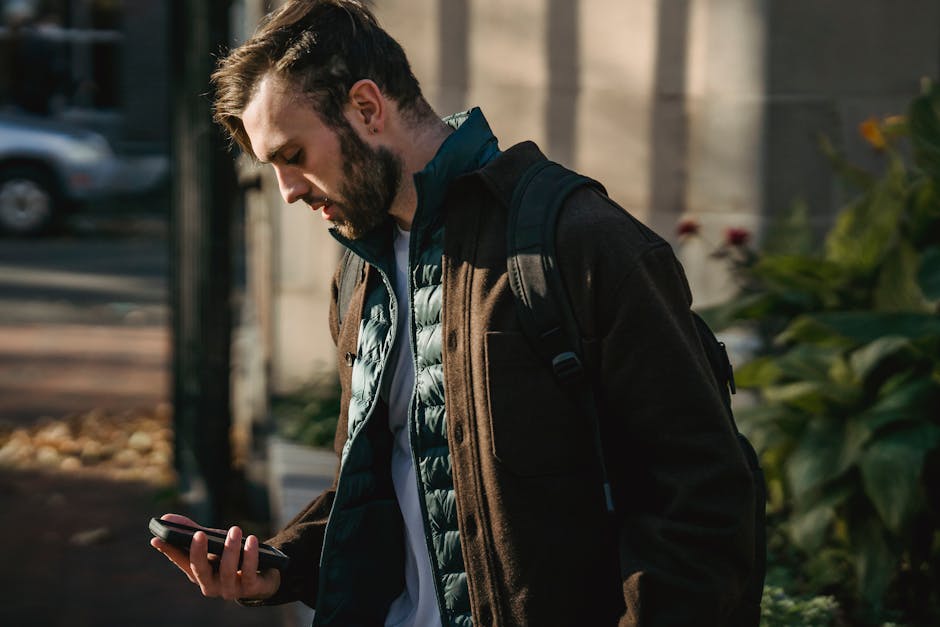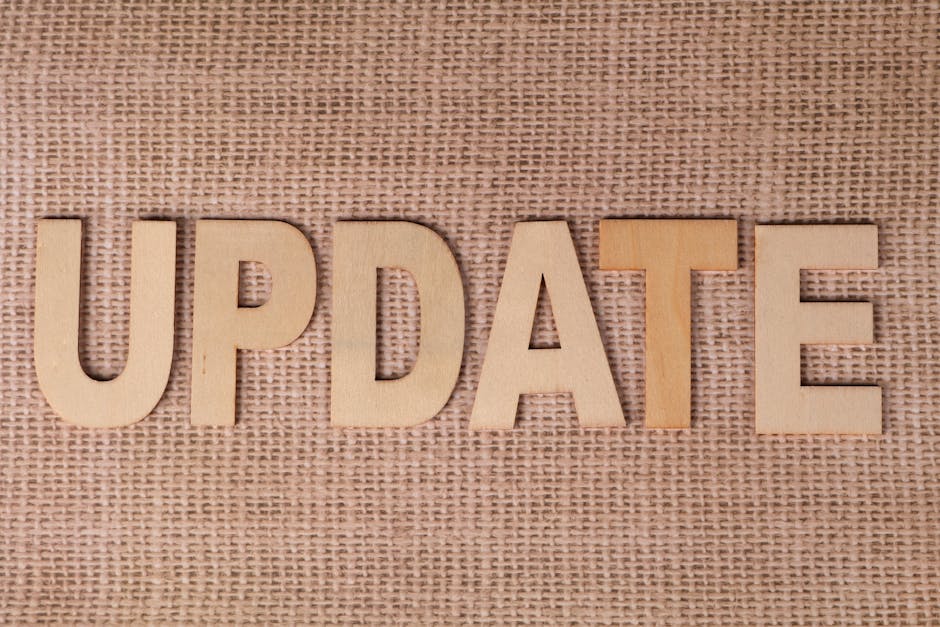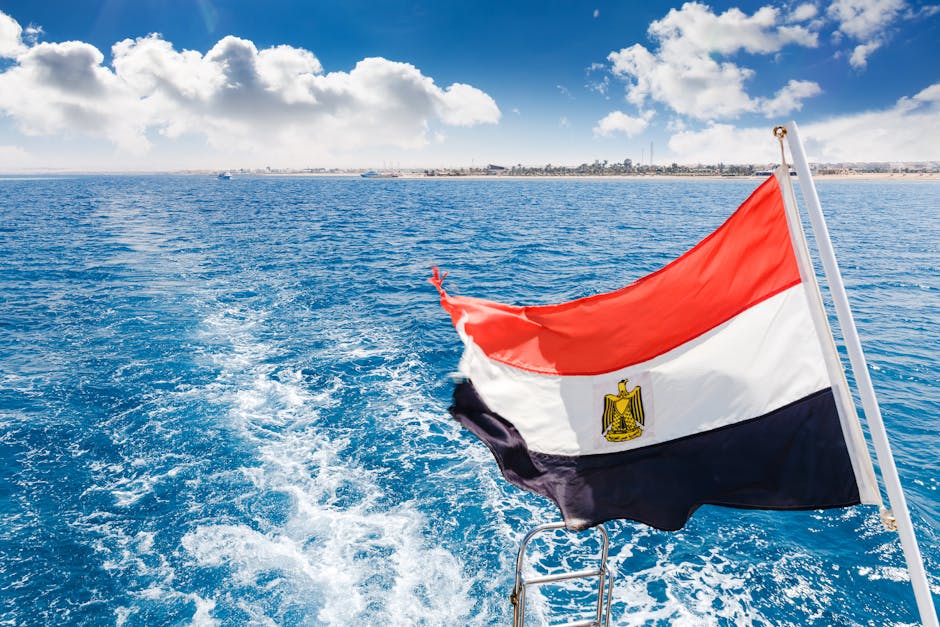Why Are Your DM Notifications Delayed? 🔔 The Hidden Battle of Notification Types & Background Permissions
We’ve all been there – you send an important DM, then stare at your phone like it’s a magic 8-ball waiting for that reply notification. But when the notification finally comes, it’s already 30 minutes late! ⏳ What gives? Let me share a personal story…
Last week, I missed meeting up with a friend because Instagram decided my DM notification wasn’t “urgent” enough to deliver immediately. Meanwhile, my phone had no problem buzzing instantly for a spam email about “enlarging my social media presence.” 🙄
How Notifications Work Behind the Scenes
Notification delivery isn’t as simple as “message sent → phone buzzes.” There’s actually a complex ballet happening between:
- Your phone’s operating system (iOS/Android)
- The social media app’s servers
- Background refresh permissions
- Battery optimization settings
The 3 Types of Notifications That Affect Your DMs
Not all notifications are created equal! Here’s how they differ:
| Notification Type | Delivery Speed | Works Without App Open? | Battery Impact |
|---|---|---|---|
| Push Notifications | Instant (when working properly) | Yes | Low |
| Pull Notifications | Delayed (checks periodically) | Sometimes | Medium |
| Local Notifications | App must be open | No | High |
Why Background Permissions Matter More Than You Think
Modern smartphones are like overprotective parents – they constantly restrict what apps can do in the background to save battery. Here’s the notification permission hierarchy on Android vs iOS:
[Notification Priority Ladder] 1. High-priority push (calls, alarms) 2. Standard push (most messages) 3. Background fetch (checks every 15-30 mins) 4. Restricted (delayed until app opens)
I learned this the hard way when my Android phone updated and suddenly all my dating app notifications went silent. Turns out Android 12+ now requires explicit permission for exact alarms that some notification systems rely on.
Platform-Specific Notification Quirks
Each platform handles DMs differently:
- Instagram: Uses a mix of push and pull notifications. If you don’t open the app regularly, notifications get delayed up to 1 hour.
- Twitter/X: Push notifications work well, but the app is notorious for muting notifications if you have battery saver on.
- Facebook Messenger: Generally the most reliable thanks to Facebook’s aggressive background processes.
How to Fix Delayed DM Notifications (Step-by-Step)
After weeks of testing (and missed messages), here’s what actually works:
- Check background app refresh: On iOS: Settings → General → Background App Refresh. On Android: Settings → Apps → [App] → Battery → Unrestricted.
- Disable battery optimization: Specifically for messaging apps in your device settings.
- Enable high-priority notifications: Long-press the notification → Settings → Set as “Urgent”.
- Whitelist the app: In any battery saver or “sleeping apps” list.
The Future of Notifications: What’s Changing?
New technologies like web push notifications and improved background sync APIs promise more reliable delivery. But as someone who’s battled notification delays for years, I’ll believe it when I see it!
Final Thoughts: Patience is a Virtue (But Should It Be?)
In our always-connected world, delayed notifications can feel like a personal betrayal. But understanding the technical ballet happening behind the scenes helps manage expectations. The truth? Your phone isn’t ignoring you – it’s just trying (and often failing) to balance instant communication with battery life.
What’s been your most frustrating notification delay experience? Mine was when a Tinder match’s “You up?” message arrived 3 hours later… at 11AM during a work meeting. 😅 Share your stories in the comments!


